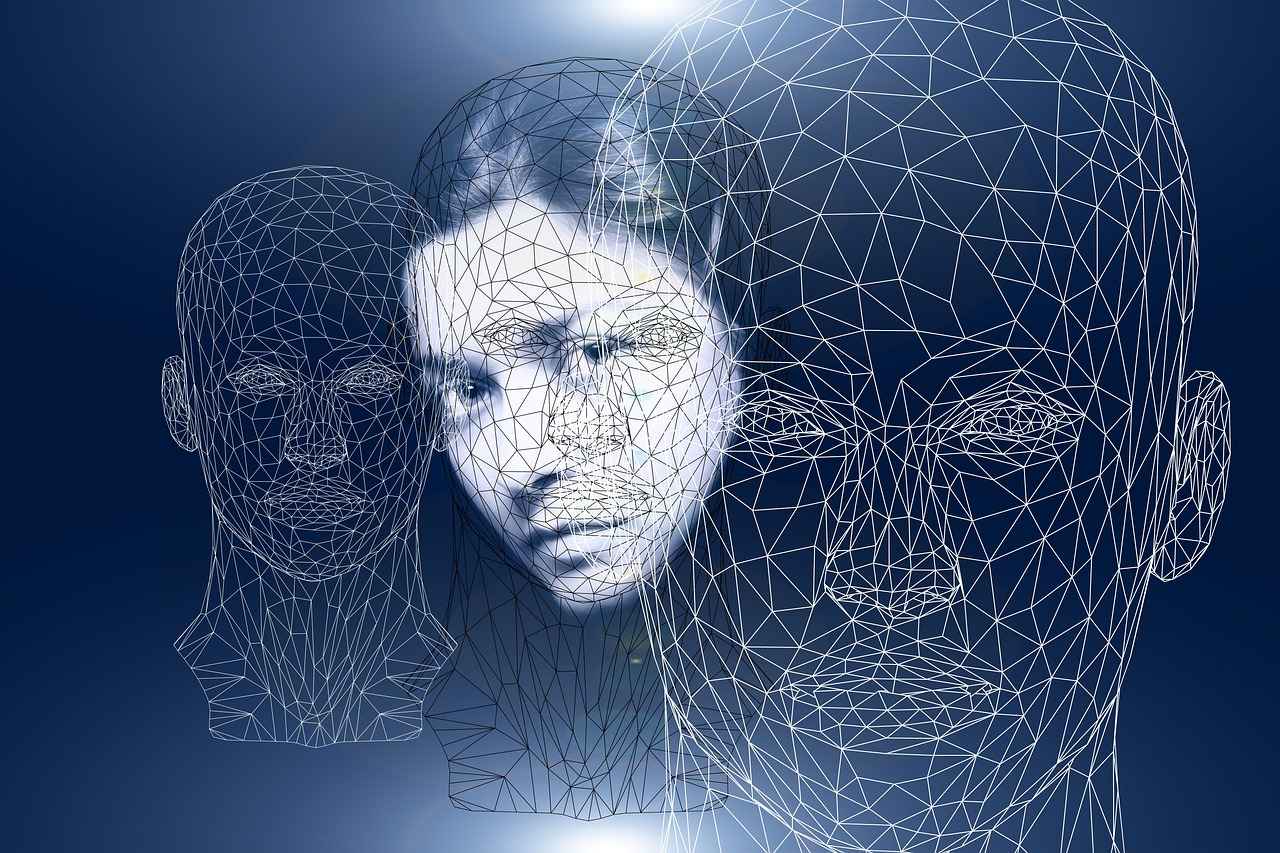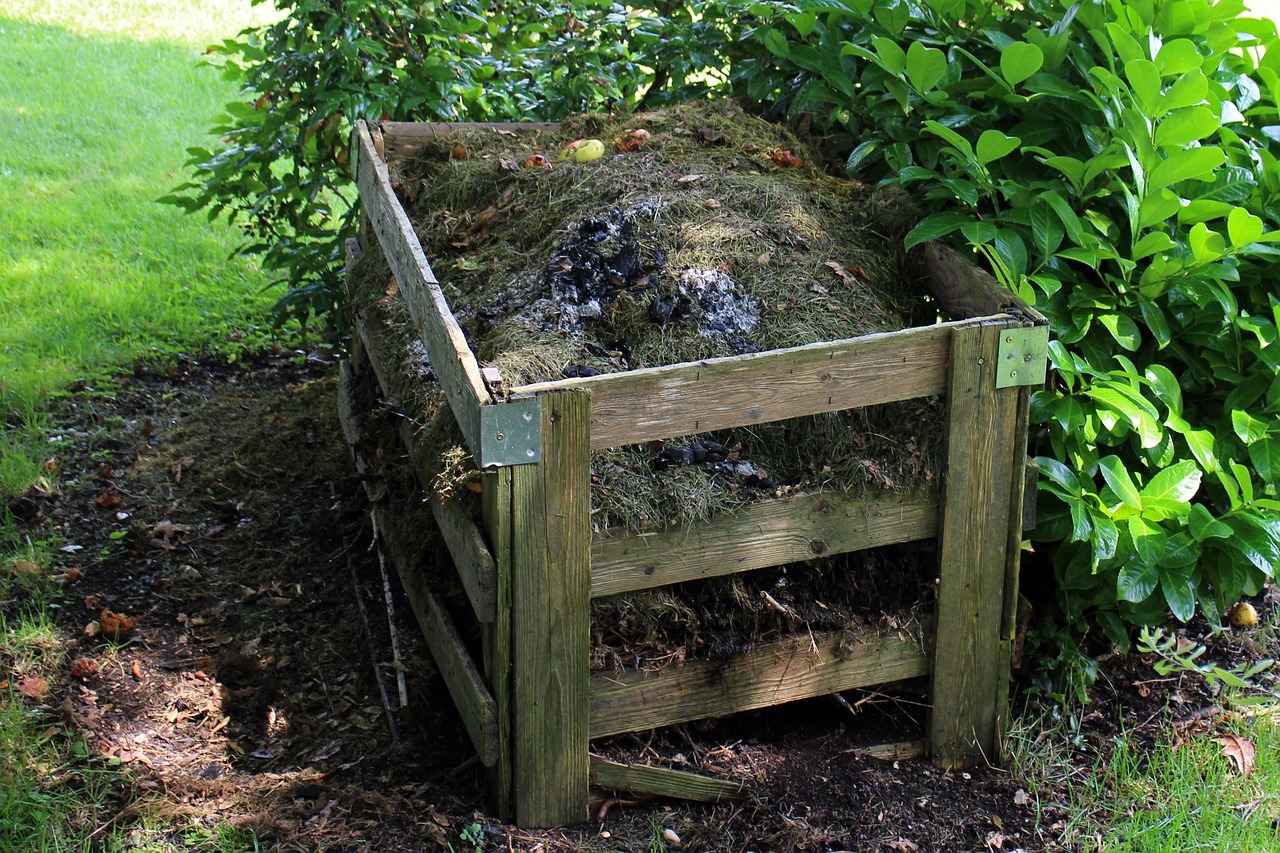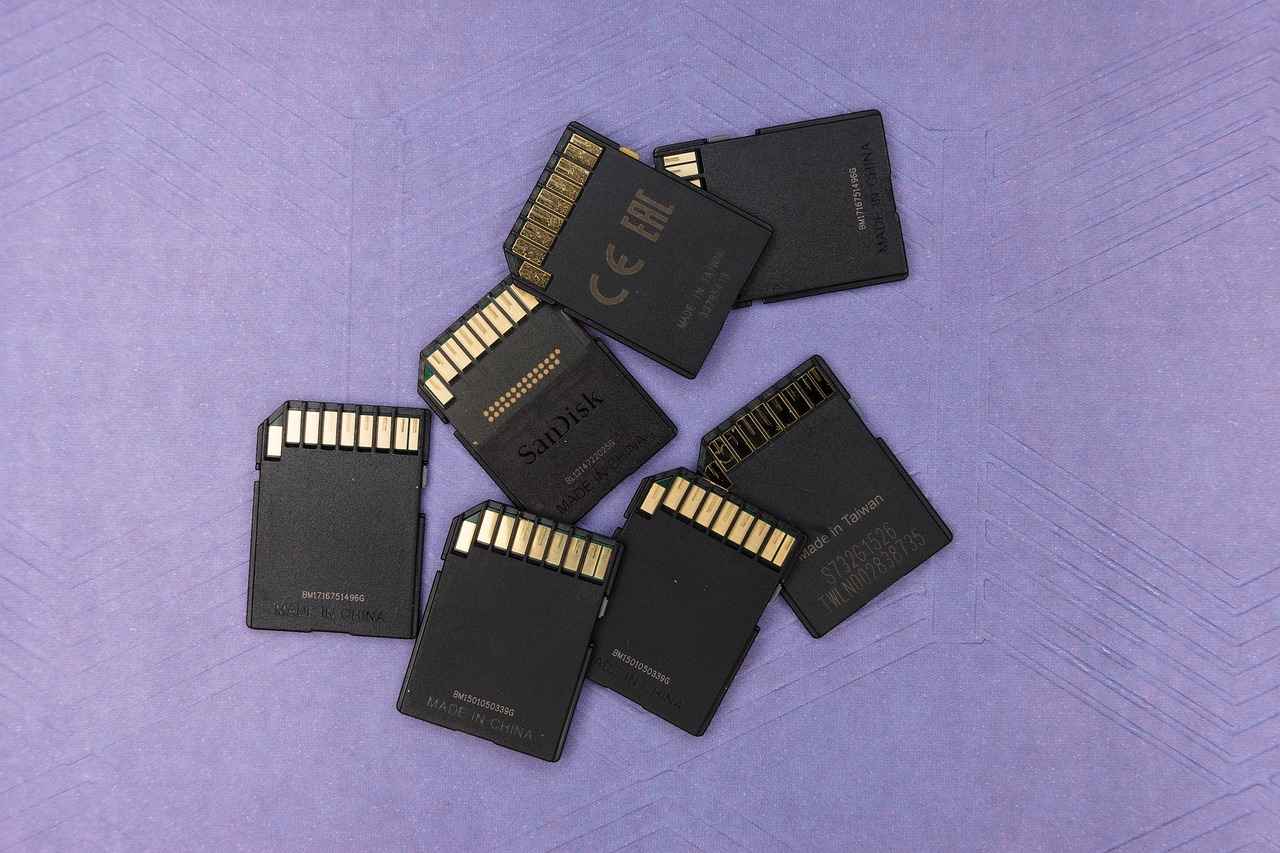This article explores effective strategies to enhance recovery after cryotherapy sessions, providing insights and practical tips for optimal healing and overall well-being.
What is Cryotherapy and How Does It Work?
Cryotherapy is a treatment that involves exposing the body to extremely low temperatures, typically ranging from -110°F to -320°F (-78°C to -196°C). This exposure can be localized or whole-body and aims to reduce inflammation, alleviate pain, and enhance recovery. The cold temperature constricts blood vessels, leading to reduced swelling and inflammation. Once the body returns to normal temperature, blood flow increases, delivering oxygen and nutrients that promote healing.
Why is Recovery Important After Cryotherapy?
Recovery after cryotherapy is crucial for maximizing its benefits. Proper recovery ensures that the body can effectively heal and that the full advantages of the treatment are realized. Without adequate recovery, individuals may experience prolonged soreness, fatigue, or diminished results from their cryotherapy sessions.
What Are the Best Practices for Enhancing Recovery?
- Hydration: Drinking plenty of water post-session helps replenish fluids lost during treatment and supports cellular function.
- Nutrition: Consuming a balanced diet rich in anti-inflammatory foods can significantly improve recovery outcomes.
- Rest: Allowing the body time to recover through rest can enhance healing processes.
- Gentle Movement: Engaging in light activities can promote circulation without overexerting the body.
How Does Nutrition Impact Healing After Cryotherapy?
Nutrition is a key component in the recovery process. Foods rich in antioxidants, such as berries and leafy greens, can help combat oxidative stress. Additionally, incorporating foods high in omega-3 fatty acids, like salmon and walnuts, can reduce inflammation. A well-balanced meal post-cryotherapy can also replenish essential nutrients and support muscle recovery.
What Role Does Hydration Play in Recovery?
Staying hydrated is vital for optimal recovery after cryotherapy. Proper hydration aids in cellular function and supports the body’s natural healing processes. It is recommended to drink water before and after treatment to maintain hydration levels and promote optimal recovery.
How Can Rest and Sleep Enhance Recovery?
Quality rest and sleep are fundamental to the healing process. During sleep, the body undergoes repair and regeneration, which is essential after any physical therapy, including cryotherapy. Aim for 7-9 hours of quality sleep each night to maximize recovery benefits.
Additional Tips for Optimal Recovery
- Consider using compression garments post-cryotherapy to enhance blood flow and reduce muscle soreness.
- Incorporate stretching or yoga into your routine to maintain flexibility and reduce stiffness.
- Monitor your body’s response to cryotherapy and adjust recovery practices as needed.
By implementing these strategies, individuals can significantly enhance their recovery experience after cryotherapy sessions. Understanding the importance of hydration, nutrition, rest, and gentle movement can lead to improved healing and overall well-being.

What is Cryotherapy and How Does It Work?
Cryotherapy has gained popularity as a cutting-edge treatment for various ailments, leveraging the power of extreme cold to promote healing. This innovative therapy involves exposing the body to sub-zero temperatures, which can range from -110°F to -300°F (-79°C to -184°C) for a short duration, typically between 2 to 4 minutes. The purpose of this exposure is to stimulate the body’s natural healing processes and provide a myriad of therapeutic benefits.
Understanding how cryotherapy works is essential to appreciate its potential advantages. When the body is subjected to such low temperatures, it triggers a series of physiological responses. The immediate effect is vasoconstriction, where blood vessels narrow, reducing blood flow to the affected areas. This process helps to minimize inflammation and swelling, which are common responses to injury or overexertion.
Once the treatment ends, the body begins to warm up again, leading to vasodilation—where blood vessels expand. This rebound effect increases blood flow, allowing oxygen and essential nutrients to reach the tissues more effectively. This enhanced circulation can aid in flushing out metabolic waste products, further promoting recovery.
Cryotherapy is not only beneficial for athletes looking to expedite recovery from intense workouts but also for individuals suffering from chronic pain, arthritis, or skin conditions. The cold exposure may also stimulate the release of endorphins, the body’s natural painkillers, contributing to an overall sense of well-being and pain relief.
Moreover, cryotherapy has been linked to improved mood and sleep quality. The release of endorphins and the reduction of stress hormones can lead to better mental health outcomes, making it a valuable addition to wellness routines.
In summary, cryotherapy harnesses the power of extreme cold to initiate physiological responses that can significantly enhance recovery and reduce inflammation. By understanding these mechanisms, individuals can better appreciate the treatment’s potential benefits and incorporate it into their wellness strategies.

Why is Recovery Important After Cryotherapy?
Post-cryotherapy recovery is essential for maximizing the benefits of the treatment. Cryotherapy, which involves exposing the body to extremely low temperatures, triggers a series of physiological responses that can help reduce inflammation, alleviate pain, and promote healing. However, to fully harness these benefits, the body requires a structured recovery process.
During cryotherapy, blood vessels constrict, reducing blood flow to the treated areas. Once the session is over, blood flow returns, which helps deliver oxygen and nutrients necessary for healing. However, if recovery practices are neglected, the body may not effectively utilize these benefits. This can lead to prolonged soreness and delayed healing.
What Are the Risks of Inadequate Recovery?
- Increased Inflammation: Without proper recovery, the body may experience heightened inflammation, counteracting the anti-inflammatory effects of cryotherapy.
- Muscle Soreness: Insufficient recovery can lead to muscle soreness and fatigue, diminishing the overall effectiveness of the treatment.
- Reduced Performance: Athletes and active individuals may find their performance impacted if they do not allow their bodies to recover adequately.
How Can You Optimize Recovery?
To ensure that you reap the full advantages of cryotherapy, consider implementing the following recovery strategies:
- Hydration: Drink plenty of water before and after your cryotherapy session. Proper hydration helps flush out toxins and supports cellular function.
- Nutrition: Focus on a balanced diet rich in antioxidants and anti-inflammatory foods. Incorporate fruits, vegetables, lean proteins, and healthy fats.
- Rest: Give your body ample time to rest. Quality sleep is crucial for recovery as it allows the body to repair and regenerate tissues.
- Gentle Movement: Engage in light activities such as stretching or yoga to promote circulation without overexerting yourself.
Why Is Hydration Critical After Cryotherapy?
Hydration plays a pivotal role in recovery. After cryotherapy, the body needs to restore fluids lost during the treatment. Dehydration can impair recovery, leading to fatigue and muscle cramps. Aim to drink water or electrolyte-rich beverages post-treatment to support optimal recovery.
How Does Nutrition Influence Recovery?
Nutrition is another cornerstone of recovery. Foods rich in omega-3 fatty acids, such as salmon and walnuts, can help reduce inflammation. Additionally, incorporating foods high in vitamin C, like oranges and spinach, can enhance the body’s healing processes. Aim for a diet that supports your body’s needs and helps replenish lost nutrients.
What Role Does Rest Play in Healing?
Rest is fundamentally important for recovery. During sleep, the body undergoes critical repair processes, including muscle recovery and the release of growth hormones. Ensuring you get enough sleep can significantly enhance the benefits of cryotherapy, allowing for a more effective healing process.
In summary, understanding the importance of recovery after cryotherapy is vital for maximizing treatment benefits. By prioritizing hydration, nutrition, rest, and gentle movement, individuals can significantly enhance their healing process and overall well-being.

What Are the Best Practices for Enhancing Recovery?
Enhancing recovery after cryotherapy is essential for maximizing its benefits. By implementing specific practices, individuals can significantly improve their healing outcomes. This section will delve into effective strategies, including hydration, nutrition, rest, and other practices that can optimize the recovery process.
- Hydration: Staying adequately hydrated is crucial after cryotherapy. Water helps to flush out toxins and supports cellular function. It is recommended to drink at least 8-10 glasses of water daily, especially following a cryotherapy session. Adding electrolytes can also be beneficial in replenishing lost minerals.
- Nutrition: A balanced diet rich in vitamins and minerals can significantly aid recovery. Focus on incorporating foods high in antioxidants, such as berries, leafy greens, and nuts. These foods can help combat inflammation and promote healing. Additionally, protein is vital for muscle repair, so include sources like chicken, fish, and legumes in your meals.
- Rest and Sleep: Quality sleep is fundamental to the recovery process. During sleep, the body undergoes repair and regeneration. Aim for 7-9 hours of uninterrupted sleep each night to allow your body to heal effectively.
- Gentle Movement: While rest is important, gentle movement can also aid recovery. Engaging in light activities such as walking or stretching promotes circulation, which helps deliver nutrients to muscles and tissues, enhancing the healing process.
- Mindfulness and Stress Management: Stress can hinder recovery, so incorporating mindfulness practices such as meditation or yoga can be beneficial. These techniques not only reduce stress but also improve overall well-being, facilitating a smoother recovery.
- Post-Cryotherapy Care: After a cryotherapy session, it is important to take care of your body. Avoid strenuous activities for at least 24 hours after treatment. Instead, focus on light stretching and hydration to help your body adjust and recover.
- Consulting Professionals: If you’re unsure about the best recovery practices for your specific needs, consulting with a healthcare professional or a nutritionist can provide personalized guidance tailored to your situation.
Incorporating these best practices into your routine can lead to improved recovery outcomes after cryotherapy. By focusing on hydration, nutrition, rest, and mindful practices, you can optimize your healing process and enhance the overall benefits of your cryotherapy sessions.

How Does Nutrition Impact Healing After Cryotherapy?
Nutrition is a critical component of recovery, especially following cryotherapy sessions. This innovative treatment exposes the body to extreme cold, which can lead to muscle recovery and reduced inflammation. However, the healing process does not end when the session is over; it continues through proper nutrition. In this section, we will explore how specific nutrients can enhance healing, alleviate inflammation, and restore the body’s nutrient balance after cryotherapy.
After undergoing cryotherapy, the body experiences a range of physiological changes. These include increased blood circulation and the release of endorphins, which can lead to a temporary state of inflammation. To combat this, it is essential to incorporate anti-inflammatory foods into your diet. Foods rich in omega-3 fatty acids, such as salmon, walnuts, and flaxseeds, can significantly help in reducing inflammation. Additionally, incorporating a variety of colorful fruits and vegetables, like berries and leafy greens, provides antioxidants that protect the body from oxidative stress.
Moreover, protein is vital for repairing tissues and building muscle. After cryotherapy, the body requires adequate protein to facilitate recovery. Lean meats, legumes, and dairy products are excellent sources of protein that can assist in muscle repair. It is recommended to consume a balanced meal containing protein shortly after the session to maximize recovery benefits.
Hydration also plays a crucial role in the recovery process. Cryotherapy can lead to dehydration, so it is essential to replenish lost fluids. Drinking plenty of water, as well as electrolyte-rich beverages, can help restore hydration levels and support cellular functions necessary for healing. Additionally, incorporating foods with high water content, such as cucumbers and oranges, can further aid in hydration.
Another important aspect of nutrition post-cryotherapy is the replenishment of vitamins and minerals. Nutrients like vitamin C and zinc are essential for immune function and tissue repair. Citrus fruits, strawberries, nuts, and seeds are excellent sources of these nutrients. Incorporating a variety of these foods into your diet can help ensure that your body has the necessary resources to recover effectively.
In summary, the impact of nutrition on healing after cryotherapy cannot be overstated. By focusing on a diet rich in anti-inflammatory foods, adequate protein, hydration, and essential vitamins and minerals, individuals can significantly enhance their recovery process. Understanding and implementing these nutritional strategies will not only optimize the benefits of cryotherapy but also contribute to overall health and well-being.

What Role Does Hydration Play in Recovery?
Staying hydrated is crucial for optimal recovery, especially after undergoing cryotherapy. When the body is exposed to extremely low temperatures, it can experience a range of physiological changes. One of the most significant aspects of recovery is ensuring that the body remains adequately hydrated.
Why is Hydration Important? Hydration plays a vital role in maintaining cellular function. Water is essential for transporting nutrients, removing waste, and regulating body temperature. Following cryotherapy, the body needs to flush out toxins and metabolic waste that can accumulate during the process. Adequate hydration aids in this detoxification, promoting a smoother recovery.
How Does Hydration Support Healing Processes? Proper hydration directly supports the body’s natural healing processes. When hydrated, the body can effectively repair tissues and reduce inflammation. This is particularly important after cryotherapy, as the treatment can induce a temporary inflammatory response. Drinking enough fluids helps to mitigate this response, enhancing recovery and comfort.
What Types of Fluids Should You Consume? While water is the most important fluid for hydration, it’s beneficial to include electrolyte-rich beverages in your recovery plan. Options like coconut water, sports drinks, or homemade electrolyte solutions can help replenish lost minerals. Additionally, consuming fruits and vegetables with high water content, such as cucumbers, oranges, and strawberries, can contribute to overall hydration.
How Much Water Should You Drink? The amount of water needed can vary based on individual factors, such as body weight, activity level, and environmental conditions. A general guideline is to aim for at least 8-10 cups of water daily, but this can increase significantly after cryotherapy sessions. Listening to your body’s thirst signals and monitoring urine color can also help gauge hydration levels.
What Are the Signs of Dehydration? Recognizing the signs of dehydration is crucial for recovery. Symptoms can include dry mouth, fatigue, dizziness, and dark-colored urine. If you experience any of these signs, it’s essential to increase your fluid intake promptly to support your recovery.
Can Hydration Impact Performance? Yes, staying well-hydrated can significantly impact physical performance and recovery. Dehydration can lead to decreased strength, endurance, and overall function. By ensuring adequate hydration, you can enhance your performance in subsequent activities and optimize the benefits gained from cryotherapy.
Practical Hydration Tips:
- Carry a water bottle with you throughout the day.
- Set reminders to drink water regularly.
- Incorporate hydrating foods into your meals.
- Monitor your hydration status by checking urine color.
In conclusion, staying hydrated is a fundamental aspect of recovery after cryotherapy. By prioritizing hydration, you can enhance your body’s healing processes, reduce inflammation, and improve overall well-being. Remember, optimal recovery is not just about the treatment itself but also about how you support your body afterward.

How Can Rest and Sleep Enhance Recovery?
Rest and quality sleep are fundamental to the healing process, particularly after undergoing cryotherapy. Understanding the intricate relationship between rest and recovery can significantly enhance the benefits derived from cryotherapy sessions. When the body is exposed to extreme cold, it undergoes a range of physiological changes that require adequate recovery time to maximize healing.
During cryotherapy, the body experiences a reduction in inflammation and an increase in blood circulation once the treatment is completed. However, these benefits can only be fully realized when the body is allowed to rest and recuperate. Sleep is a critical component of this process as it is during sleep that the body engages in vital repair and regeneration activities. The body produces growth hormones during deep sleep, which are essential for muscle repair and recovery.
Moreover, inadequate sleep can lead to elevated levels of the stress hormone cortisol, which can hinder the healing process. Chronic sleep deprivation has been linked to increased levels of inflammation and a weakened immune response, both of which can counteract the benefits of cryotherapy. Therefore, prioritizing sleep can help maintain a healthy balance of hormones and support the body’s natural recovery processes.
To enhance recovery through rest and sleep, consider implementing the following strategies:
- Establish a Sleep Routine: Going to bed and waking up at the same time each day can help regulate your body’s internal clock, leading to improved sleep quality.
- Create a Restful Environment: Ensure your sleeping area is dark, quiet, and cool. Consider using blackout curtains or eye masks to block out light and earplugs to minimize noise.
- Avoid Electronics Before Bed: The blue light emitted by screens can interfere with melatonin production. Aim to disconnect from devices at least an hour before bedtime.
- Practice Relaxation Techniques: Incorporating mindfulness, meditation, or gentle yoga can help calm the mind and prepare the body for restful sleep.
In addition to sleep, taking short naps during the day can also be beneficial, particularly if you feel fatigued after your cryotherapy sessions. Napping can help recharge your energy levels and improve cognitive function, making it easier to engage in daily activities.
Overall, the relationship between rest, sleep, and recovery is undeniable. By prioritizing quality sleep and incorporating restorative practices, individuals can significantly enhance their healing process following cryotherapy. This holistic approach not only improves physical recovery but also supports mental well-being, creating a comprehensive strategy for overall health.
Frequently Asked Questions
- What should I do immediately after a cryotherapy session?
After your cryotherapy session, it’s essential to warm up gradually. Avoid jumping into hot showers or saunas right away. Instead, allow your body to return to its normal temperature naturally. Hydration is also key—drink plenty of water to help your body recover.
- How long does it take to see results from cryotherapy?
Many people notice immediate relief from soreness and inflammation after just one session. However, for optimal results, regular sessions over several weeks may be necessary. Think of it like watering a plant; the more consistent you are, the healthier it becomes!
- Can I eat before or after cryotherapy?
Yes, but it’s best to avoid heavy meals right before your session. A light snack can help maintain your energy levels. Post-session, focus on nutrient-rich foods to aid recovery—think of it as refueling your body after a workout!
- Is cryotherapy safe for everyone?
While cryotherapy is generally safe, it’s not suitable for everyone. Individuals with certain medical conditions, like cold allergies or severe hypertension, should consult a healthcare professional before trying it. Always prioritize your health!




